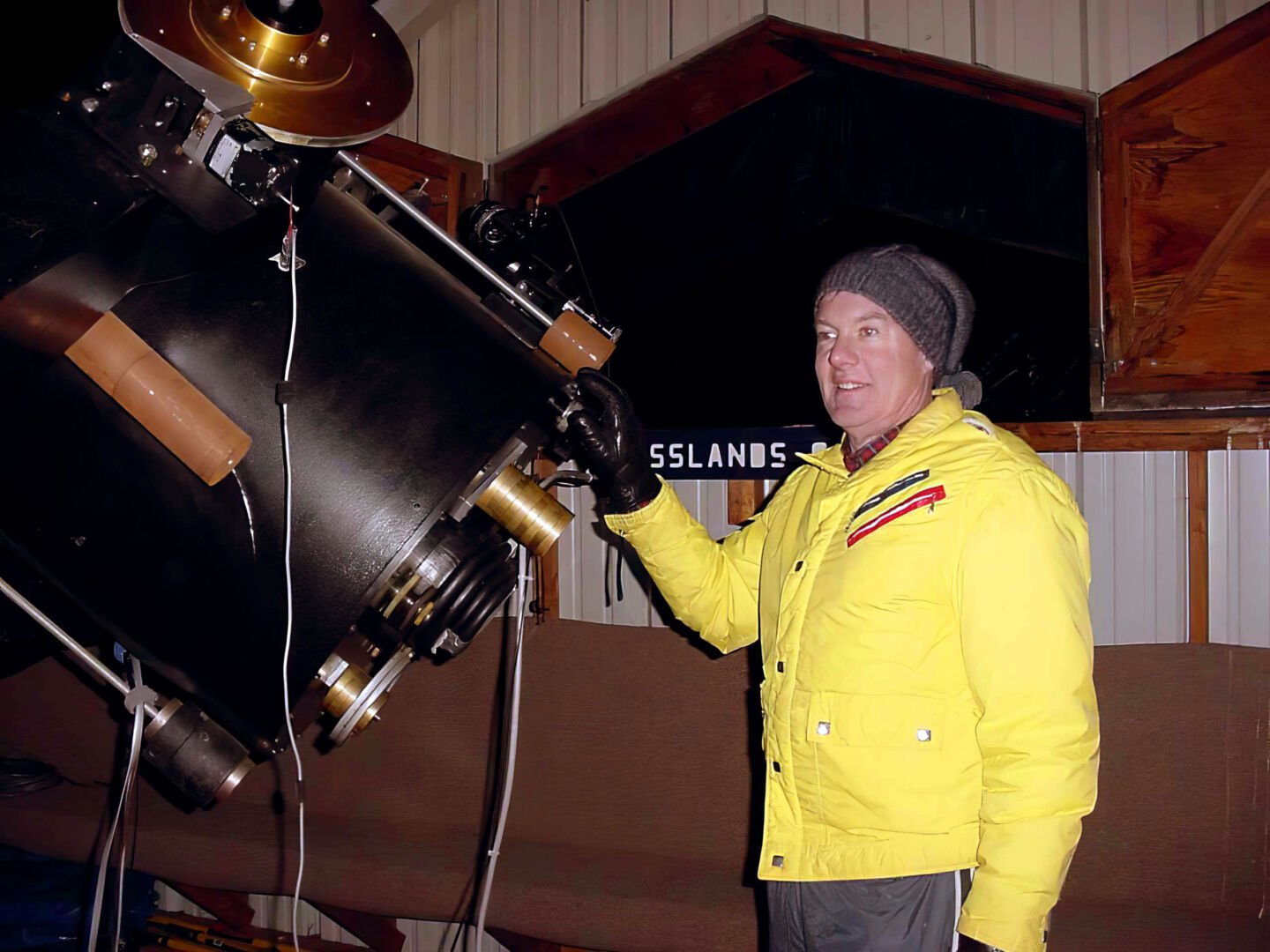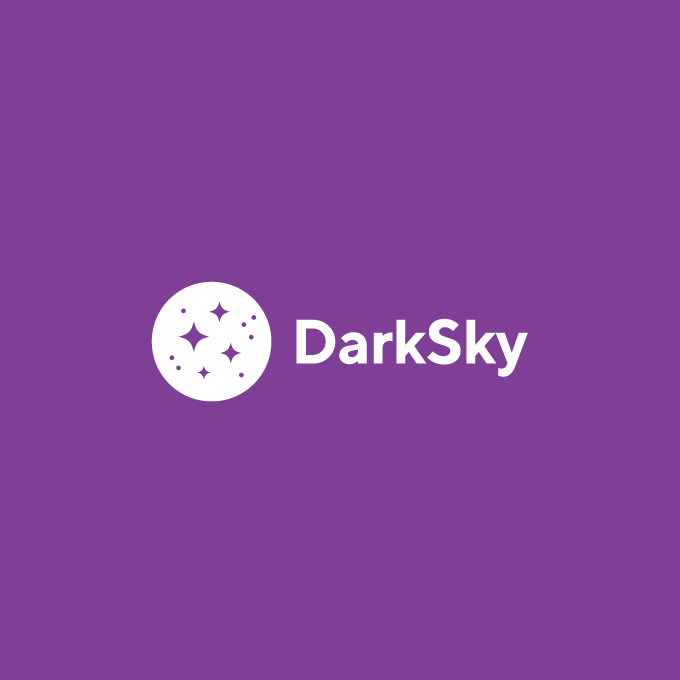
Success stories
Since 1988, we’ve been advocating for more responsible outdoor lighting, raising awareness about light pollution, and protecting the night sky.
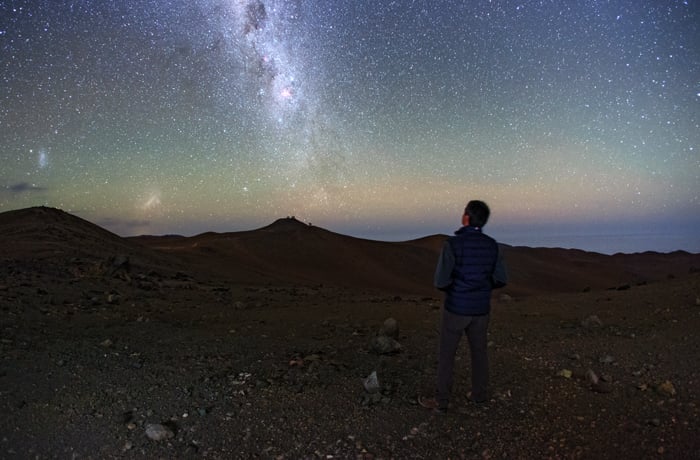
Since 1988, we’ve been advocating for more responsible outdoor lighting, raising awareness about light pollution, and protecting the night sky. DarkSky has protected 160,000 square kilometers of land and night sky, expanded to chapters in 22 countries on 6 continents, and engaged thousands of people to advocate for the night sky. We’re humbled by the amount of work that’s still ahead of us, but proud of our history and successes.
1958
Arizona, U.S.A. — Flagstaff, Arizona, passes the first dark sky legislation in the world.
1972
Arizona, U.S.A. — City of Tucson and Pima County in Arizona pass lighting ordinances.
1973
Several influential works on light pollution published: Merele Walker’s “Walker’s Law“, Arthur Haag’s work showing light pollution ordinances are effective, and Kurt W. Riegal’s comprehensive article in the journal Science.
1985
Roy Garstang introduces sophisticated modeling techniques for estimating and measuring light pollution.
1984
Fred Schaff organizes Dark Skies for Comet Halley, creating public awareness about light pollution.
1986
Early discussions begin between David Crawford and Tim Hunter about creating a nonprofit organization to fight light pollution.
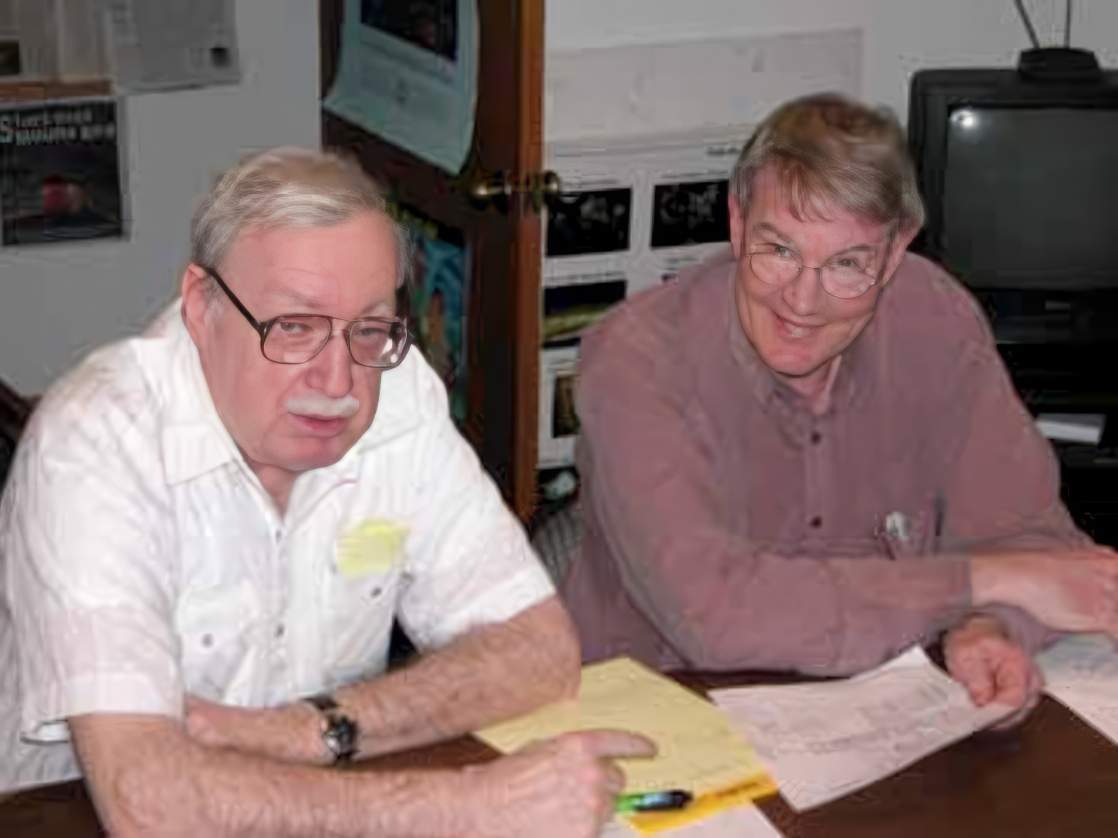
1987
Arizona, U.S.A. — Arizona approves Articles of Incorporation for a new nonprofit co-founded by Crawford and Hunter, the International Dark-Sky Association (now DarkSky); Crawford begins lengthy tenure as executive director. Richard Stevens publishes a groundbreaking article on light at night and circadian disruption.
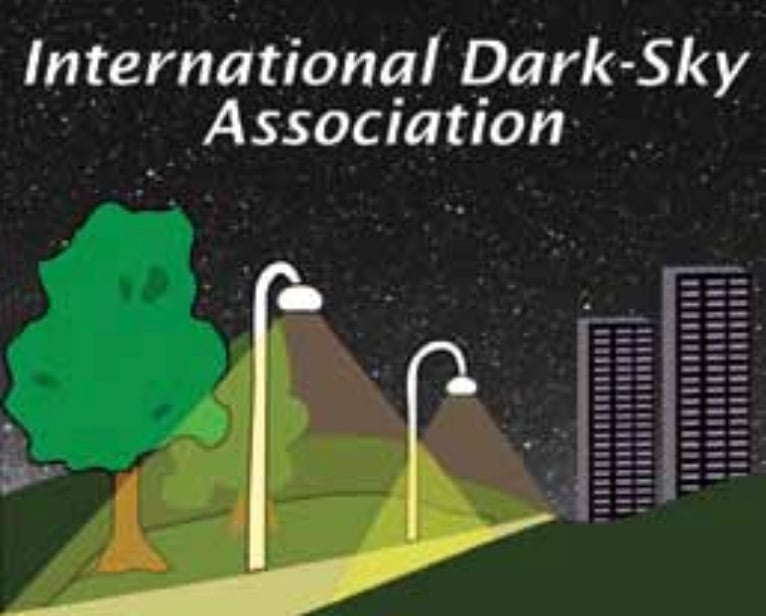
1988
Arizona, U.S.A. — New nonprofit named International Dark-Sky Association (now, DarkSky) receives U.S. 501(c)(3) status. Bylaws are approved, and the first edition of newsletter is published. By year’s end, the organization gains approximately 200 new members.
Washington, D.C., U.S.A. — International Astronomical Union (IAU) Colloquium No. 112 focuses on light pollution, radio interference and space debris.
Spain — Spanish government passes law protecting “Astronomical Quality” for Canary Islands observatories.
1989
Arizona, U.S.A. — DarkSky holds first annual meeting in Tucson, Arizona. Thirty people attend. First DarkSky quarterly column published in Reflector, the official journal of the Astronomical League. By year’s end, DarkSky has more than 350 members.
1990
Sky & Telescope publishes its first article addressing light pollution.
1992
Sir Arthur C. Clark, 2001: A Space Odyssey author, becomes DarkSky lifetime member and Dark Sky Ambassador.
1993
By June, DarkSky has 1,260 members representing 49 states and 54 countries.
The Fatal Light Awareness Program forms to protect migratory birds from urban lights.
1995
The DarkSky website is launched.
Belgium — First Annual Belgian Night of Darkness is held.
1997
Arizona, U.S.A. — DarkSky opens an office at 3225 N. First Ave., Tucson, and hires first regular employee. U.S. Post Office approves DarkSky nonprofit mailing permit. Nearly one million information sheets are distributed by year’s end.
Australia — Australia develops standards to control obtrusive effects of outdoor lighting.
1998
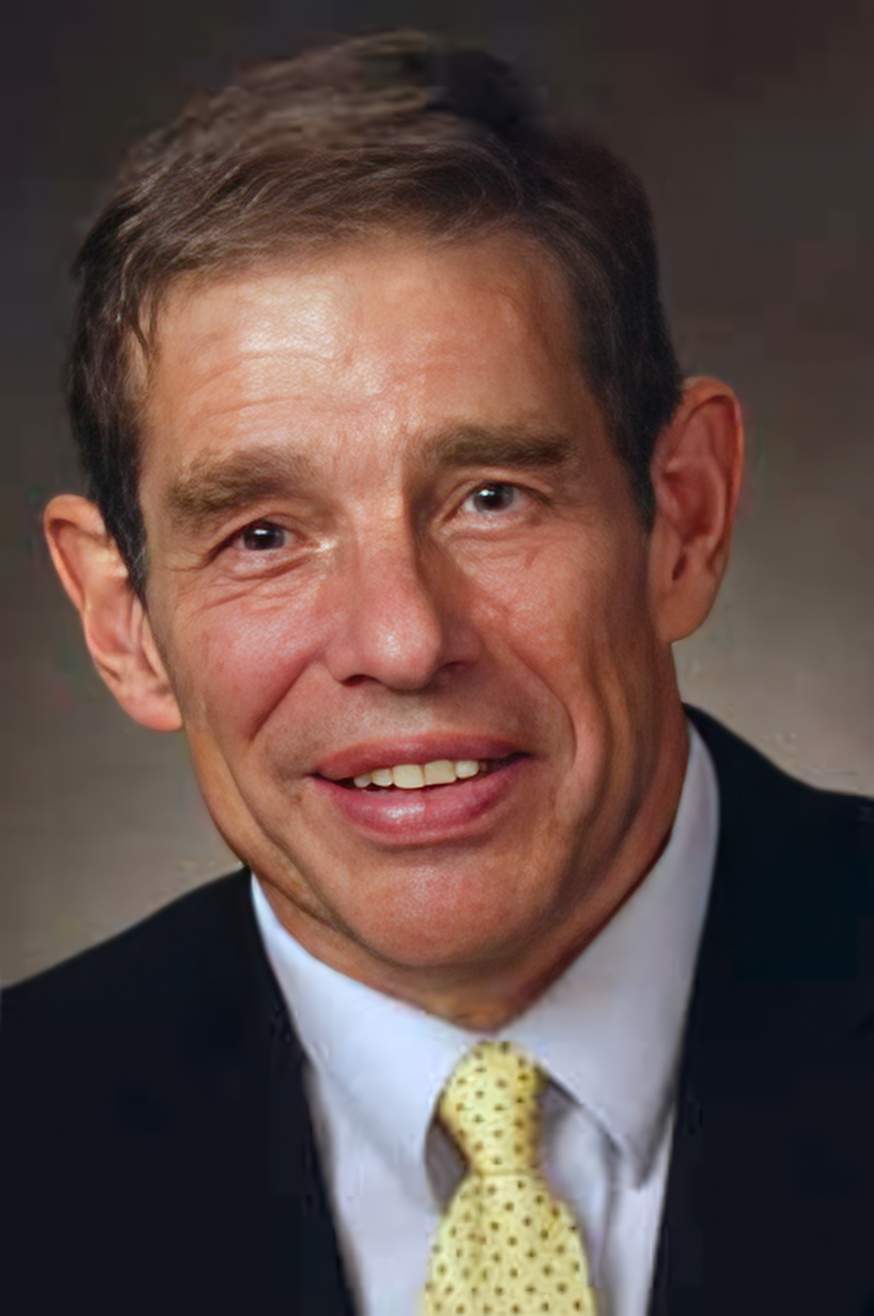
DarkSky celebrates its 10th anniversary, and Chris Walker begins generous and lifelong support of DarkSky. Thanks to Sky & Telescope, DarkSky membership drive yields more than 100 new members a day. By year’s end, nearly 3,000 people from 68 countries are members.
France — First European Symposium for the Protection of Night Skies held in Paris, France.
Chile — Chile issues a decree for light pollution regulation.
U.S.A. — The pervasive national Sunday newspaper supplement Parade Magazine publishes an article on light pollution.
1999

U.S.A. — DarkSky receives organizational development grant from the National Science Foundation (U.S.).
California, U.S.A. — The first DarkSky section (now called chapters) is founded in California.
U.S.A. — The National Park Service (NPS) establishes a Night Sky Team to address light pollution.
New Mexico U.S.A. — New Mexico Heritage Preservation Alliance declares the New Mexico night sky as one of the state’s “Most Endangered” resources.
Illumination Engineering Society (IES) Recommended Practices manual RP-33 recognizes sky glow in IES guidelines for first time.
Greece — First international campaign for school children to measure sky quality started in Greece by Margarita Metaxa.
Several national magazines publish articles on light pollution including Country Living, Outside, Backpacker, and National Geographic Traveler, and British Broadcasting Company airs live broadcast.
2000
DarkSky releases Lighting Code handbook, version 1.0.
Time and Science magazines publish light pollution articles.
2001
The DarkSky Model Lighting Ordinance group is established. Hoag-Robinson Award, named in honor of two outdoor lighting pioneers, begins.
Arizona, U.S.A. — Flagstaff, Arizona, becomes first Dark-Sky Community.
“The First World Atlas of the Artificial Night Sky Brightness”, was published.
The Economist and ABC World News Tonight report on light pollution.
2002
50th issue of DarkSky newsletter published.
Massachusetts, U.S.A. — DarkSky holds conference in Boston to raise awareness and promote lighting reforms.
Czech Republic — Czech Republic becomes first country to pass national light pollution law.
Florida, U.S.A. — International conference on light and human health held in Orlando, Florida.
Bob Mizon’s book, Light Pollution: Responses and Remedies, is published.
Farmers’ Almanac starts including coverage of light pollution and DarkSky.
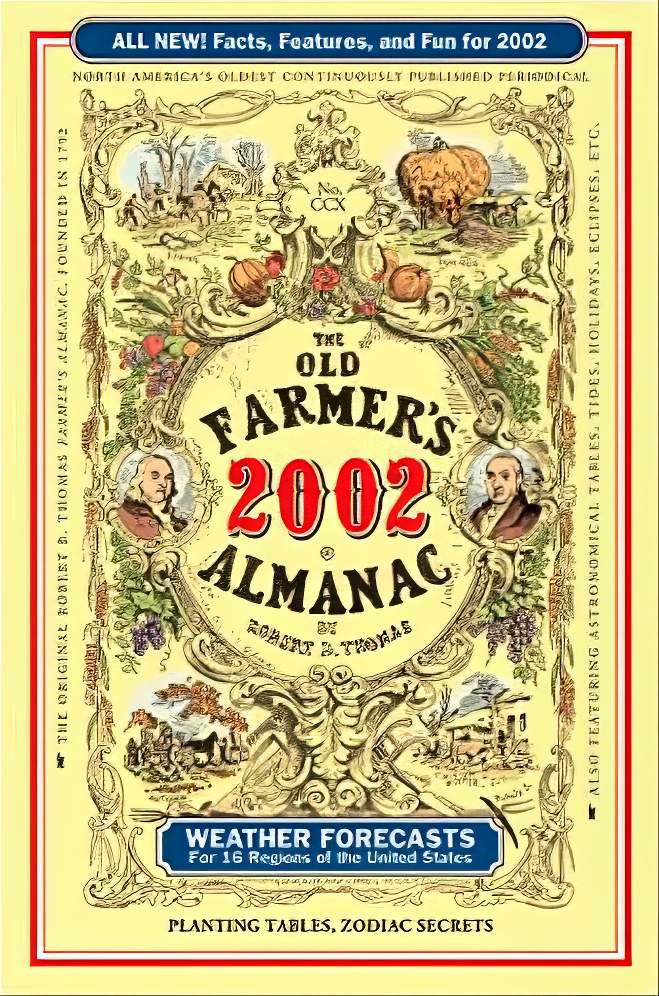
2003
DarkSky Section handbook, version 1.0 published.
Global outreach continues with more than 50 sections and affiliates are added, including 19 outside the U.S.
Europe — Galileo Award, for outstanding work in Europe, established as annual presentation at European Symposium.
Hungary — DarkSky Lighting Award is given to leaders of the Hungarian National Railway lighting project for converting 16,000 high-glare lights to fully shielded lights, reducing energy needs by 40 percent.
U.S.A. — Eighth-grader Jennifer Barlow founds National Dark-Sky Week in U.S.
2004
DarkSky begins pilot testing DarkSky Approved program (then called the Fixture Seal of Approval).
2005
Alan McClure bequeaths his estate to DarkSky.
U.S.A. — More than 1,000 communities are addressing light pollution through planning and zoning.
Chile, U.S.A. — Light Pollution Project to monitor star count set up for school children in Chile and the U.S.
2006
The DarkSky Model Lighting Ordinance group forms a partnership with the Illuminating Engineering Society (IES)
U.S.A. — Natural Bridges National Monument (Utah) is designated the first International Dark Sky Park.
U.S.A. — More than 20 states address light pollution at current or previous state legislative sessions.

First annual Globe at Night — a worldwide project tracking and measuring star counts by school children — begins.
U.K. — Parliament passes a law declaring light pollution a nuisance.
Ecological Consequences of Artificial Night Lighting, edited by Catherine Rich and Travis Longcore, is published.
2007
A minor planet was named “Chris Walker” in recognition of his outstanding support of DarkSky and dark skies.
DarkSky board of directors approves regional offices in Europe, northeast U.S., and Asia-Pacific. First issue of Nightscape magazine, DarkSky’s renamed and revamped newsletter, is published.
Washington, D.C., U.S.A. — Symposium “The Night: Why Dark Hours are so Important” is held.
Slovenia — Slovenia passes a national light pollution law.
The IAU passes “Declaration In Defense of the Night Sky and the Right to Starlight” resolution declaring dark skies a human right.
Christopher Baddiley publishes “Understanding Skyglow”.
New Yorker magazine publishes “The Dark Side: Making War on Light Pollution”.
2008
DarkSky founder David Crawford retires as executive director, and Elizabeth Hospodarsky becomes interim director.
U.S.A. — DarkSky conducts first Congressional briefings on light pollution and the House of Representatives submits a bipartisan letter on light pollution to the Environmental Protection Agency (EPA).
DarkSky partners with Gildea Foundation to promote research on artificial light at night on ecosystems.
Cherry Springs State Park (Penn.) becomes an International Dark Sky Park.
Québec, Canada — Mont-Mégantic becomes the first International Dark Sky Reserve.
Jack Sales, founder and leader of first DarkSky chapter, becomes the first recipient of the David L. Crawford Lifetime Achievement Award.
GlareBuster, one of the first DarkSky Approved lighting fixtures, wins the American Lighting Association “Lighting for Tomorrow” award.
Arizona, U.S.A. — Flagstaff celebrates 50 years of dark sky legislation.
U.S.A. — Approximately 2,500 cities are addressing light pollution through planning and zoning.
Spain — Spain adopts the first national regulation on light pollution.
Let There Be Night: Testimony on Behalf of the Dark, edited by Paul Bogard, is published.
National Geographic publishes a cover story on light pollution.
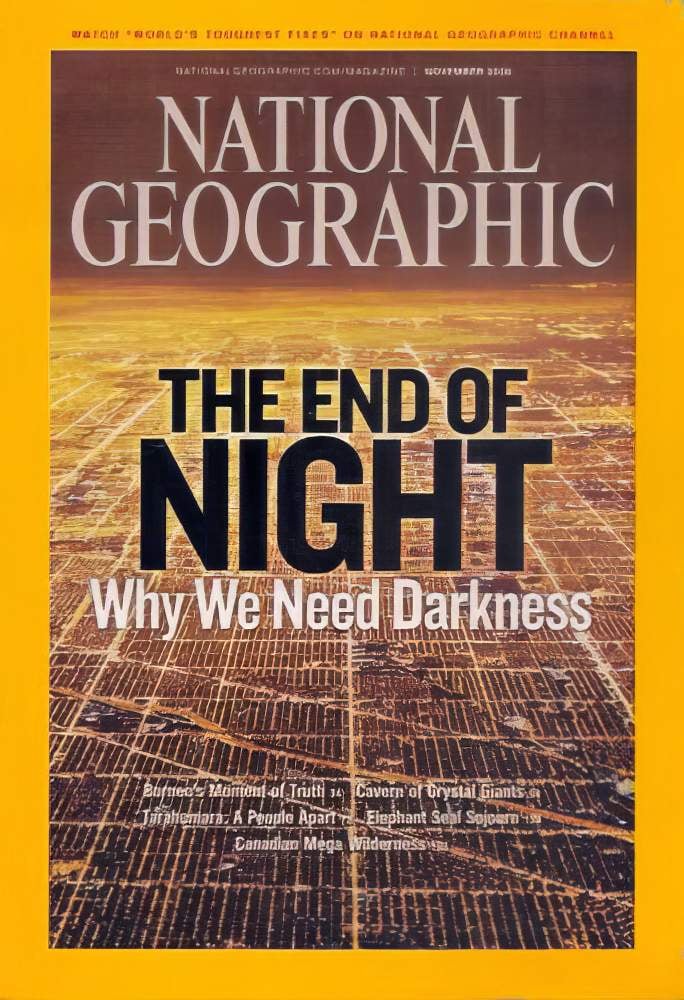
New York Times, Wall Street Journal, and US News & World Report publish light pollution articles.
2009
DarkSky opens D.C. Office of Public Policy and Government Affairs.
Night Sky Brightness Monitors project is launched.
DarkSky introduces a new logo.
Galloway Forest Park (Scotland) and Zselic National Landscape Protection Area (Hungary) become IDSPs. Borrego Springs, Calf., is designated an International Dark Sky Community (IDSC).
Harmony, Florida, and Sierra la Rana, Texas, receive first Dark Sky Friendly Development of Distinction awards.
The American Medical Association (AMA) unanimously adopts a resolution supporting reduction of light pollution at the state and national levels.
The International Year of Astronomy raises global awareness of light pollution through the Dark Sky Awareness section of the Global Cornerstone Project.
The U.K. Royal Commission on Environmental Pollution releases a report declaring excessive artificial light a pollutant.
World Commission on Protected Areas creates Dark Skies Advisory Group.
Oprah magazine publishes a story on light pollution.
2010
Bob Parks becomes DarkSky executive director after a tenure as managing director of the D.C. office.
DarkSky publishes blue-rich white light report, the first to publicly call for more research on light and circadian rhythm.
DarkSky begins a cooperative agreement with the U.S. National Park Serv ice to develop best practices for outdoor lighting in the U.S. federal park system.
The IDA-IES Model Lighting Ordinance (MLO) with User Guide is released after nine years in development.
Goldendale Observatory State Park (Washington) and Clayton Lake State Park (New Mexico) are designated as IDSPs. NASA Kepler Scientist Lucianne Walkowicz is named Dark Sky Ambassador.
The U.S. National Oceanic and Atmospheric Administration (NOAA) and the Cooperative Institute for Research in Environmental Sciences release study linking sky glow over Los Angeles, California, to increased air pollution.
2011
Lifetime DarkSky supporter Chris Walker passes away.
The National Optical Astronomy Observatory (NOAO) and DarkSky participate in National Geographic BioBlitz.
Exmoor National Park (England) becomes an International Dark Sky Reserve.
Hortobagy National Park (Hungary), Observatory Park (Ohio), and The Headlands (Michigan) become International Dark Sky Parks.
The Isle of Sark (Channel Islands, U.K.) and the Village of Homer Glen (Illinois) become IDSCs.
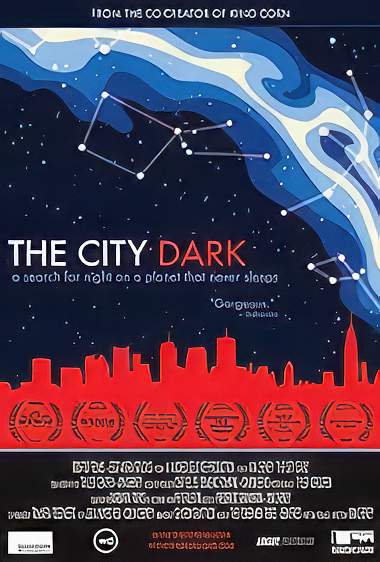
Light pollution documentary The City Dark released.
Sky & Telescope publishes a lengthy article and appeal by DarkSky Executive Director Bob Parks.
2012
In collaboration with the Royal Astronomical Society of Canada, DarkSky creates Guidelines for Outdoor Lighting in Canadian Dark Sky Preserves and Dark Sky Places.
DarkSky publishes “Fighting Light Pollution: Smart Lighting Solutions for Individuals and Communities.”
Products from 34 new companies receive DarkSky Approved designation.
Walmart adopts the MLO guidelines for its stores worldwide.
International night sky measurement standards are finalized for DarkSky Night Sky Brightness Monitoring program.
DarkSky names three Dark Sky Ambassadors: The City Dark producer Ian Cheney; Bill Nye, “the science guy” and CEO of the Planetary Society; and Kevin Poe, NPS ranger and first Dark (Sky) Ranger.
Big Bend National Park (Texas) is designated an IDSP.
Aoraki Mackenzie (New Zealand) and NamibRand Nature Reserve (Namibia) become IDSRs.
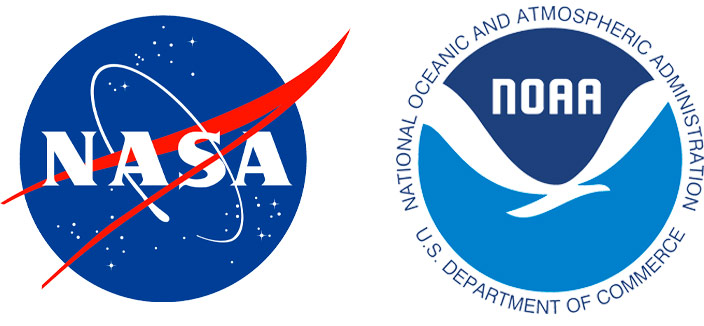
NASA and NOAA release “Black Marble” images.
The AMA releases a comprehensive report on the impact of light at night on human health.
2013
DarkSky turns 25.
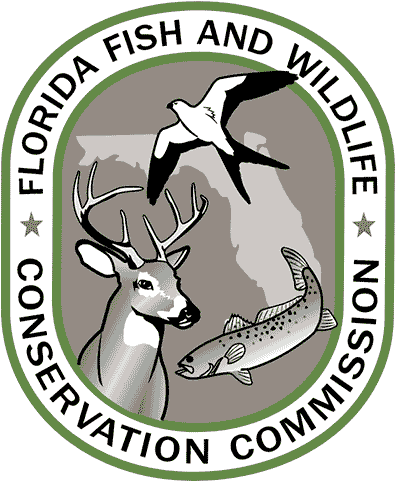
The Florida Fish & Wildlife Conservation Commission award DarkSky a contract to improve outdoor lighting along Florida’s gulf coast as part of a sea turtle restoration project.
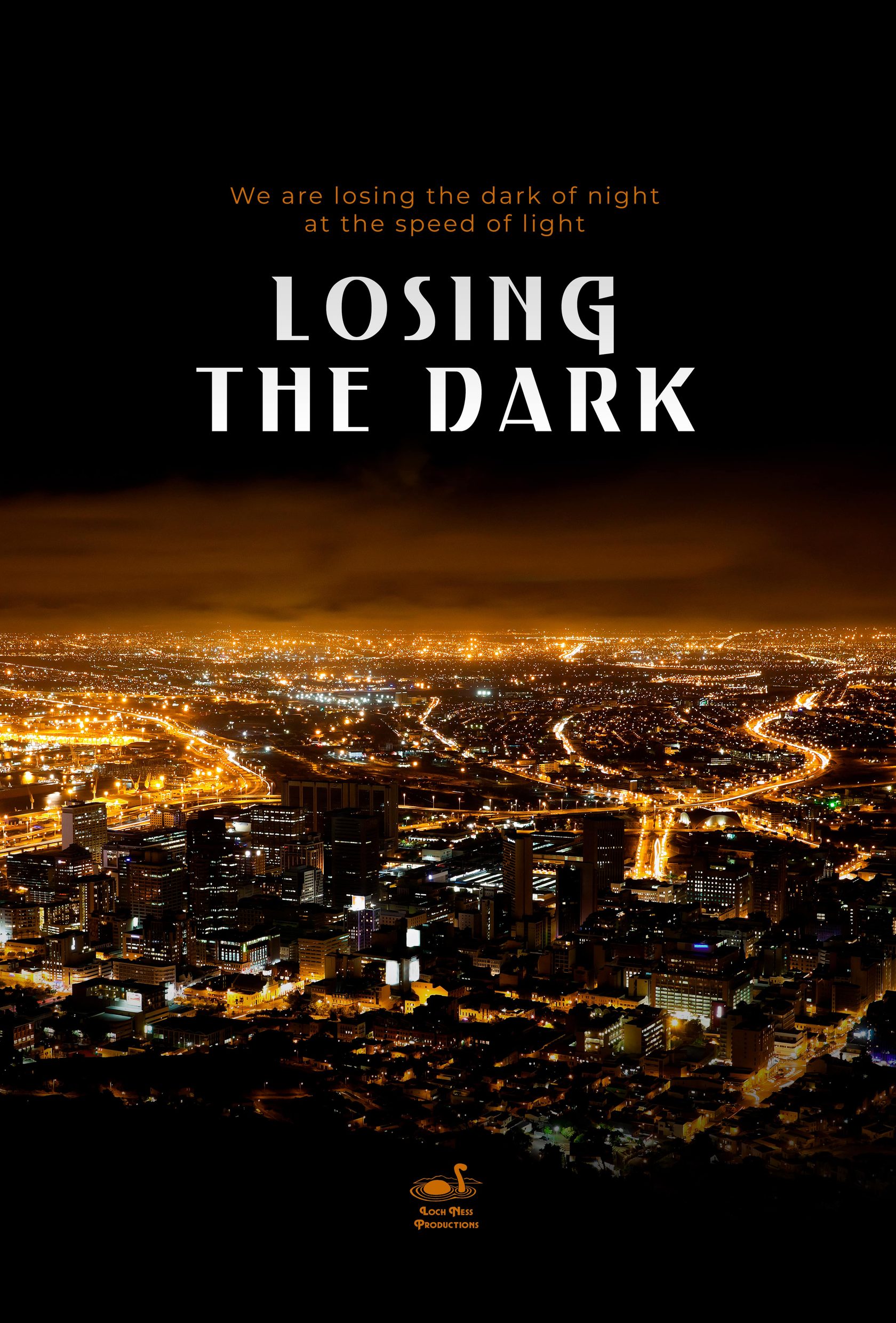
Losing the Dark, a short film created by DarkSky in collaboration with Loch Ness Productions, is released and translated into several languages.
DarkSky and the German organization Verlust der Nacht, cohost the first international interdisciplinary conference on Artificial Light at Night, in Berlin, Germany.
Death Valley National Park (California) and Chaco Culture National Historical Park (New Mexico) are designated IDSPs, and Brecon Beacons National Park (Wales) becomes an IDSR.
Colorado Plateau Dark Skies Cooperative is formed.
“Loss of the Night” Android app and “Dark Sky Meter” iOS app are released, allowing the public to document sky quality.
France implements countrywide lighting curfew for businesses.
Abraham Haim’s Light Pollution as a New Risk Factor for Human Breast and Prostate Cancers and Paul Bogard’s The End of Night: Searching for Natural Darkness in an Age of Artificial Light are published.
2018
Arizona, U.S.A. — Thousands of streetlights were converted from high- sodium and low-pressure sodium (HPS and LPS) luminaires to white LEDs in 2017, in consultation with DarkSky member Christian Monrad of Monrad Engineering, and Ameresco, a global energy management firm. A study was published showing a 7% reduction in sky glow after the conversion. This retrofit also resulted in approximately $2.16 million in annual energy savings, the expected lifetime of the luminaires extended from 8 to 25 years, a 63% reduction in total lumens emitted by street lights, and blue light emissions reduced by approximately 34%.
Utah, U.S.A. — After a two-year citizen-led effort, the Kanab City Council enacted an outdoor lighting ordinance to protect the natural darkness that makes Kane County, Utah, a great place to see stars. Using the best components from outdoor lighting ordinances already enacted in four towns and cities from Utah, Arizona, and Texas, plus DarkSky’s model ordinance for small cities, the team skillfully crafted Kanab’s new ordinance to meet the needs and ethos of the community.
2019
Colorado, U.S.A. — The Governor of Colorado proclaimed June 2019 “Dark Sky Month” in the state. This designation was the result of committed dark sky Advocates in Colorado, including Richard O’Brien, Dr. Bob Stencil, and Ryan Parker, director of the state chapter.
2021
Massachusetts, U.S.A. — DarkSky Massachusetts President James Lowenthal successfully advocates for the city of Northampton to officially endorse the Five Principles for Responsible Outdoor Lighting.
Massachusetts, U.S.A. — Destin Heilman, a member of the Massachusetts Chapter of DarkSky International and Southborough resident got an outdoor lighting bylaw passed using pieces from the DarkSky Model Lighting Ordinance and included strict updated limits on town lighting.
Colorado, U.S.A. — The governor of Colorado signed a proclamation declaring the month of June 2021 as “Dark Sky Month.” This success resulted from an effort led by DarkSky Colorado’s Chair of Public Policy Task Force Martie Semmer from Blue River, Colorado.
Michigan, U.S.A. — The Michigan State Senate adopted a resolution formally recognizing July 2021 as Dark Sky Awareness Month in the state. This accomplishment was the result of a six-month-long effort championed by DarkSky Delegate Robert Parrish.
Peru — The country of Peru passed a bill that seeks to prevent and regulate light pollution.
Pennsylvania, U.S.A. — DarkSky Advocate Diane Turnshek successfully advocated for the city of Pittsburgh to pass a Dark Sky Ordinance for all of the city’s parks, facilities, and streetlights, to combat the negative effects of light pollution.
Massachusetts, U.S.A. — With the guidance of DarkSky International, DarkSky Massachusetts member Tim Brothers successfully advocated for and helped organize a street light retrofit.
2022
India — DarkSky Advocate Abhishek PawseI, with the help of forest department at Sillari, Pench, Maharashtra, changed all the streetlights in four nearby villages to 3000K fully shielded lights after a successful design test.
Oregon, U.S.A. — DarkSky Oregon contracted with Night Sky Metrics LLC to create All-sky Light Ratio (ALR) sky glow maps of Oregon from the annual series of VIIRS nighttime images available from 2012 to 2020. The sky glow maps show the progression of light pollution across the state during that period. They used the sky glow maps to help convince the Deschutes County Planning Commission (voted unanimously 5–0) to request that the County Commissioners update the County’s 1994 lighting ordinance and embark on an educational program to encourage use of the Five Principles for Responsible Outdoor Lighting.
Missouri, U.S.A. — The Conservation Federation of Missouri passed a dark sky resolution to improve lighting infrastructure using Dark Sky principles.
California, U.S.A. — Due to a previous request from NOAA and many reminders from the local chapter, the Santa Cruz Public Works Department finally shielded over 100 “acorn” lights to minimize light trespass onto the San Lorenzo River. A fish biologist was notified of the lights; the biologist then notified Public Works in May of 2021 that the lights should be modified to protect endangered fish species. Some lights were shielded as an immediate response, but then nothing more was done until DarkSky Santa Cruz applied pressure by reminding Public Works of their commitment. After many excuses about lack of time and personnel, the shielding was put up in a matter of days.
U.S.A. — With guidance from DarkSky International, advocates around the U.S. got proclamations officially declaring International Dark Sky Week in their communities, including Reno, Nevada; Cass County, Michigan; Durango, Colorado; Lexington, Virginia; Tempe, Arizona; Sandpoint, Idaho; Ashland, Virginia; Helper City, Utah; Falls Church, Virginia; City of Lake Worth Beach, Florida; Ketchum, Idaho; Nantucket, Massachusetts; Cour D’ Alene, Idaho; Alamosa, Colorado; Vienna, Virginia; and Fairfax County, Virginia. Additionally, statewide proclamations were issued in Michigan, Arizona, Virginia, and Oregon.
Utah, U.S.A. — The state of Utah issued a proclamation declaring April 2022 as Dark Sky Month, celebrating that Utah has the highest concentration of DarkSky certified International Dark Sky Places; the role of the astrotourism industry in the state; and how implementation of dark sky practices actively promotes local governance, reduces energy costs, and preserves Utah’s western lifestyle.
Colorado, U.S.A. — The state of Colorado issued a proclamation declaring April 2022 as Lights Off for Birds Month to raise awareness for the threat light pollution poses to millions of birds.
Illinois, U.S.A. — The Wheaton Park District issued a resolution promoting sustainable outdoor lighting practices.
Québec, Canada — Dark sky protection creates a $13.5 million economic boost to the region. A major study from the Mont-Mégantic International Dark Sky Reserve assessed the annual economic impact of dark sky protection efforts and astrotourism in the region at $13.8 million Canadian. This report undeniably shows that tourist activities in the reserve are a major driver of tourism in the region and that the ongoing preservation of the protected area has clear economic benefits. In terms of labor market benefits, astrotourism-related activities ensure the creation or retention of approximately 116 full-time jobs annually. The full study can be found here.
Colorado, U.S.A. — There is combined success of several dark sky projects in Colorado, including the passage of three dark sky related bills, the release of a tourism office promotion campaign, and a Dark Sky Month Proclamation from the governor.

Texas, U.S.A. — The University of Texas’ McDonald Observatory in Fort Davis has worked with oil and gas companies to reduce light pollution in the Permian Basin region of the state. Since 2018, McDonald Observatory staff and its oil and gas partners have worked to reduce light pollution by about 20%, and it continues to trend downward. Reeves County, one of the most active oil producing areas in Texas, updated its outdoor lighting ordinance last year. A portion of Reeves County is within the Greater Big Bend International Dark Sky Reserve.
2023
The DarkSky Board of Directors wraps up a year-plus-long strategic plan process.
DarkSky rebrands with a new, shorter name, and a new logo. A couple months later, a website redesign is launched.


















